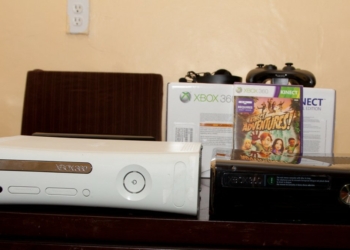Do you love gardening but feel overwhelmed by the amount of work and maintenance it requires? Do you wish you could have a beautiful and productive garden without spending a fortune on tools and supplies? If you answered yes to any of these questions, then this blog post is for you.
I am a passionate gardener who has been growing plants for over 20 years. I have learned a lot of tricks and tips along the way that have helped me create stunning gardens in small spaces, with minimal effort and cost. In this blog post, I will share with you 10 simple gardening hacks that will transform your outdoor space into a green oasis. These hacks are easy to implement, use common household items, and can save you time, money, and energy. Whether you are a beginner or an expert gardener, you will find something useful and inspiring in this list.

Hack #1: Use Eggshells as Seed Starters
One of the easiest and cheapest ways to start seeds is to use eggshells as natural pots. Eggshells are biodegradable, rich in calcium, and provide good drainage for the seedlings. All you need to do is crack open some eggs, rinse the shells, poke a hole at the bottom for drainage, fill them with potting soil, and sow your seeds. You can place the eggshells in an egg carton or a tray and keep them in a sunny spot until the seeds germinate. When the seedlings are ready to transplant, you can simply plant the whole eggshell in the ground or in a larger pot. The eggshell will decompose and nourish the young plant as it grows.
Hack #2: Use Plastic Bottles as Self-Watering Planters
If you have some empty plastic bottles lying around, don’t throw them away. You can turn them into self-watering planters that will keep your plants hydrated for days. This is especially useful if you are going away for a vacation or if you tend to forget to water your plants regularly. To make a self-watering planter, you will need a plastic bottle, a piece of cotton string or yarn, a drill or a nail, and some scissors. Cut off the bottom of the bottle and drill or poke a hole in the cap. Thread the string through the hole and tie a knot at the end. Fill the bottle with water and screw the cap back on. Invert the bottle and insert it into the soil next to your plant. The string will act as a wick and deliver water to the plant as needed.
Hack #3: Use Coffee Grounds as Fertilizer and Pest Repellent
Coffee grounds are not only good for making your morning brew, but also for boosting your garden’s health. Coffee grounds are acidic, which means they can lower the pH of your soil and make it more suitable for acid-loving plants like roses, azaleas, blueberries, and tomatoes. Coffee grounds also contain nitrogen, potassium, phosphorus, and other micronutrients that can enrich your soil and feed your plants. Additionally, coffee grounds can help deter pests like slugs, snails, ants, and aphids from munching on your plants. To use coffee grounds in your garden, you can either sprinkle them directly on the soil or mix them with compost or mulch.
Hack #4: Use Vinegar as Weed Killer
Weeds are one of the most annoying problems that gardeners face. They compete with your plants for nutrients, water, and space, and can ruin the appearance of your garden. While there are many commercial weed killers available in the market, they can be expensive, toxic, and harmful to the environment. A safer and cheaper alternative is to use vinegar as a natural weed killer. Vinegar is acidic and can burn the leaves and roots of weeds without affecting your desired plants. To use vinegar as a weed killer, you will need white vinegar (preferably with 5% acidity), a spray bottle, and some dish soap. Mix one gallon of vinegar with one ounce of dish soap in a spray bottle. Spray the solution directly on the weeds on a sunny day when there is no rain forecasted for at least 24 hours. The vinegar will dry out the weeds and kill them within a few days.
Hack #5: Use Baking Soda as Fungicide and Powdery Mildew Remover
Baking soda is another common household item that can benefit your garden in many ways. Baking soda is alkaline and can raise the pH of your soil and make it more favorable for alkaline-loving plants like clematis, lilacs, lavender, and hydrangeas. Baking soda can also help prevent fungal diseases like black spot, rust, and powdery mildew from infecting your plants. To use baking soda as a fungicide and powdery mildew remover, you will need baking soda (sodium bicarbonate), water, and a spray bottle. Mix one tablespoon of baking soda with one gallon of water in a spray bottle. Spray the solution on the affected plants once a week until the symptoms disappear.












